Australian Trip by Renzo Grosso
- Product Code: C#23743
- Reward Points: 20
- Availability: In Stock
- $17.00
-
$4.99
- Price in reward points: 499
An unexplored "classic": this has been for me, for many years, the "Australian shuffle". I learned it as a young man from Aldo Colombini, who often included it in his impromptu effects; later I studied John Scarne (and his wonderful idea in Phone Miracle, which we will comment on together later) and Max Maven.
Then I read Nick Conticello, and a new world opened up: I discovered that all the greats of card magic have tried their hand at the Australian deal; Nick, however, made me wonder a bit more: today I don't think there is more space to invent, but a lot to develop new routines, putting together various principles.
In my shows, I almost always insert a routine, very often as a quick and easy interlude between two mentalism effects: I confess that they are always effective interludes.
I have collected, in this publication, what I know: notes on principles, tables, comments, and "basic" effects; the goal is to share what I have collected over time, to allow you to create "your" own effects, personalized and, contrary to what is often recommended, repeatable immediately (but in a different way); you will probably know most of them, or maybe not ... . Here are the main contents:
- The principle of the Australian Shuffle
- Down - bottom, or down - underneath
- Bottom - down, or underneath - down
- Variation of sequences. as a function of the number of cards: differences and similarities
- The first card, depending on the number of cards in the stack
- First card after the shuffle (concerning its position in the starting pile); for example: if I have a deck of 12 cards, and I perform a down-underneath shuffle, the top card will be...; if, on the other hand, I have a stack of 17 cards, and I perform an underneath - down shuffle, the top card will be ...
- Tables representing all positions, with a variable pile from 5 to 40 cards.
- Example of building a routine with preset numbers and possible variants: up to 8 cards, I pass 7 cards from top to bottom, I count under - down and the last card will be ....; if, on the other hand, I have 9 to 16 cards, I pass 15 cards, perform an under - down count and the last card will be ...
- Example: with a stack of 5 cards (on the back, first the ace, then 2, 3, 4, 5; the 5 is on the face): I pass 3 cards from top to bottom, then do an under-down count and the top card is ...
- Tables for packs of 5 to 12 cards, with a passage from top to bottom from 3 to 15 cards
- Count under-down or down under and an indication of the card that you will find, in the end, above the stack
- Australian Deal and other shuffles (spelling ...)
- John Scarne's "formula", with details on the position of the chosen card according to how many cards the stack has;
- Adaptation of "Do as I Do" by John Scarne
- When love is born
- A trip to Australia
- But ... where is my card?
- How many bunches do you want?
- or Hashtag!
- or truth? Lie?
1st edition 2022, PDF 38 pages.
word count: 6362 which is equivalent to 25 standard pages of text
Reviews (0)
Related Products
Remote Miracle by Tango
A mindreading card miracle you can do remotely from across the room or across the world. Your specta..
$1.99 $4.99
Let's Be Fair by Juan Luis Rubiales
Juan Luis Rubiales used to be one of the best-kept secrets in Spain. His magic is deeply fooling to ..
$1.99 $5.99
Super Deal by Samer Mora
participant shuffles the deck.Then cut a pile and count them without telling you .second participant..
$1.99 $4.99
The Peek by Moustapha Berjaoui
What is the Peek?The Peek is a new deceptive technique that allows you to peek information from play..
$1.99 $5.99
The Faro Shuffle Project by Patrick Redford
2 Videos 4.09GBHave you ever wanted to learn and perfect the faro shuffle? In this three hour ..
$2.99 $5.99
Recommend
The Corporate Mentalist by Scott Creasey
For the first time outside of his lectures, Scott reveals one of his pet effects,Tarot in your Pocke..
$1.99 $6.78
Number 5 by Scott Creasey
Number 5is the culmination of many years spent searching for a simple to remember, impromptu routine..
$1.99 $6.78
My Q And A by Scott Creasey
A full 30 minute act that you can carry in your pocket and perform in almost any standup situation,M..
$6.99 $12.98
Mental Magic Ism by Scott Creasey
Scott has a working repertoire of approximately fifty routines which he mixes and matches as the occ..
$3.99 $8.48
Lost Luggage And The Close Up Cabaret by Scott Creasey
What do you do when the luggage containing your props goes to Murcia as you arrive for an important ..
$2.99 $7.68
Escape by Scott Creasey
Known for his work in the field of mentalism, it may come as a surprise (unless you attended his fir..
$2.99 $8.48
Bip Book 2.0 by Scott Creasey
EffectBIP 2.0 - Upgraded for use anywhere in the world and with a new killer finale.Imagine handing ..
$5.99 $13.48
Day One by Scott Cram
The classic "Day For Any Date " feat has been updated!Day Oneis a new approach to appearing as a hum..
$2.99 $6.78
Scott Alexander Penguin Live Online Lecture 3
” Wow… I’ve never seen magic like that before.” -Michael Jackson “The magic of yo..
$1.69 $4.68
Scott Alexander Penguin Live Online Lecture 2
Site lectures Penguin Live Online Lecture - Scott Alexander 2 Second Annual Spectacular Holiday A..
$2.99 $5.99
Scott Alexander Penguin Live Online Lecture
Site lectures Penguin Live Online Lecture - Scott Alexander One of the busiest professionals in ..
$2.99 $5.99
Velocity by Scott Alexander
Scott Alexander - Velocity The audience Magic shot paintball war games , magician mouth can catc..
$1.99 $4.99
Unicorny by Scott Alexander
Scott did a killer lecture at the Magic Castle in Hollywood recently to rave reviews. He is now rele..
$5.99 $12.48
The Final Cut by Scott Alexander
no gimmick !! The Final Cut by Scott Alexander and Bob Kohler No Reserve item will go the the ..
$2.99 $5.12
The Final Answer (1-2) by Scott Alexander
Scott Alexander - The Final Answer (1-2) Without question, Scott Alexander has created the finest ..
$2.99 $5.48
Standing Up On Stage by Scott Alexander
These are the notes from Scott's Stand Up Guy lecture. In these 25 pages he covers how to construct ..
$1.69 $12.98

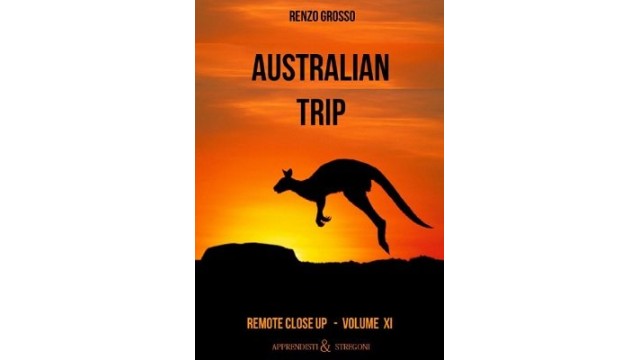





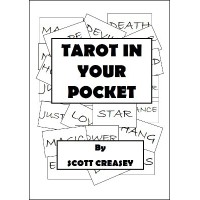
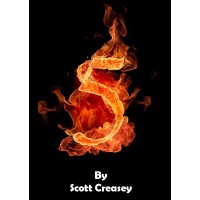
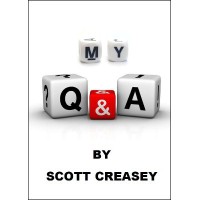
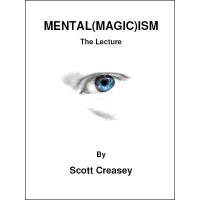
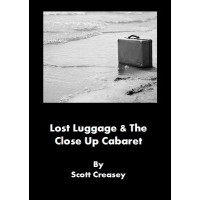

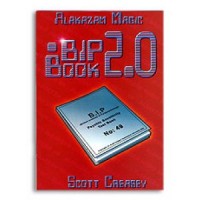
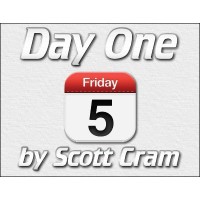




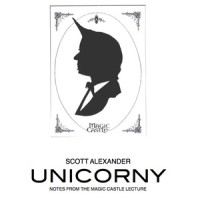
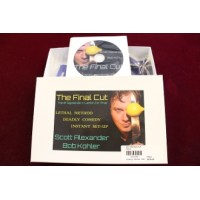
-by-Scott-Alexander-200x200.jpg)
